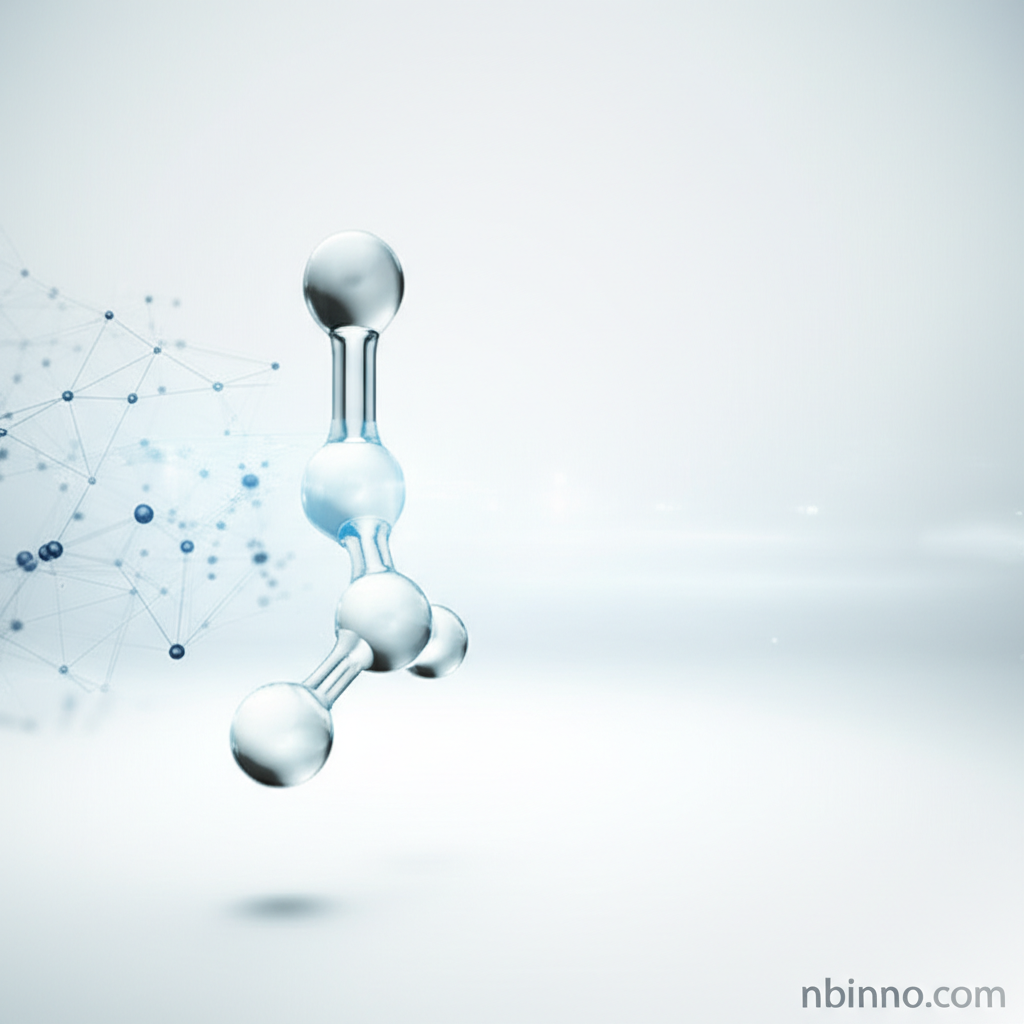Advancing OLED Technology: Virtual Screening of TADF Emitters for High-Efficiency Single-Layer Devices
Computational screening for TADF emitters to unlock next-generation single-layer OLED performance and stability.
Get a Quote & SampleProduct Core Value

Methane, trifluoroiodo-
Methane, trifluoroiodo-, with CAS number 2314-97-8, is a crucial compound investigated for its potential in advanced electronic applications, particularly within the realm of Organic Light-Emitting Diodes (OLEDs). This chemical is part of the ongoing research into Thermally Activated Delayed Fluorescence (TADF) emitters, a key technology for boosting the efficiency and simplifying the architecture of OLED devices. Its role in facilitating efficient reverse intersystem crossing and enabling balanced charge transport makes it a significant element in the development of high-performance, single-layer OLEDs.
- Researching efficient TADF emitters for single-layer OLEDs is vital for advancing display technology.
- The development of optoelectronic materials relies on understanding structure-property relationships.
- Computational screening methodologies accelerate the discovery of novel organic electronic materials.
- Ambipolar charge transport is a key attribute for achieving high performance in OLED devices.
Advantages Offered by this Research
Enhanced OLED Efficiency
By focusing on TADF emitters and understanding their design principles, researchers can significantly improve the external quantum efficiency (EQE) of OLED devices, a critical metric for performance.
Simplified Device Manufacturing
The development of effective single-layer OLEDs reduces manufacturing complexity and cost, making advanced display and lighting technologies more accessible.
Tunable Emission Properties
The computational approach allows for the screening of a wide range of materials, enabling the design of emitters with specific emission wavelengths for various color requirements.
Key Applications
OLED Technology
Development of next-generation OLED displays and lighting with improved efficiency and longer lifetimes, driven by advancements in TADF emitters.
Organic Electronics
Contribution to the broader field of organic electronics by providing insights into molecular design for charge transport and optoelectronic properties.
Material Science Research
Advancing the understanding of molecular interactions and electronic behavior in organic solid-state materials for future technological applications.
Chemical Synthesis
Guiding the synthesis of novel chemical compounds with tailored properties for specialized electronic and optoelectronic applications.
